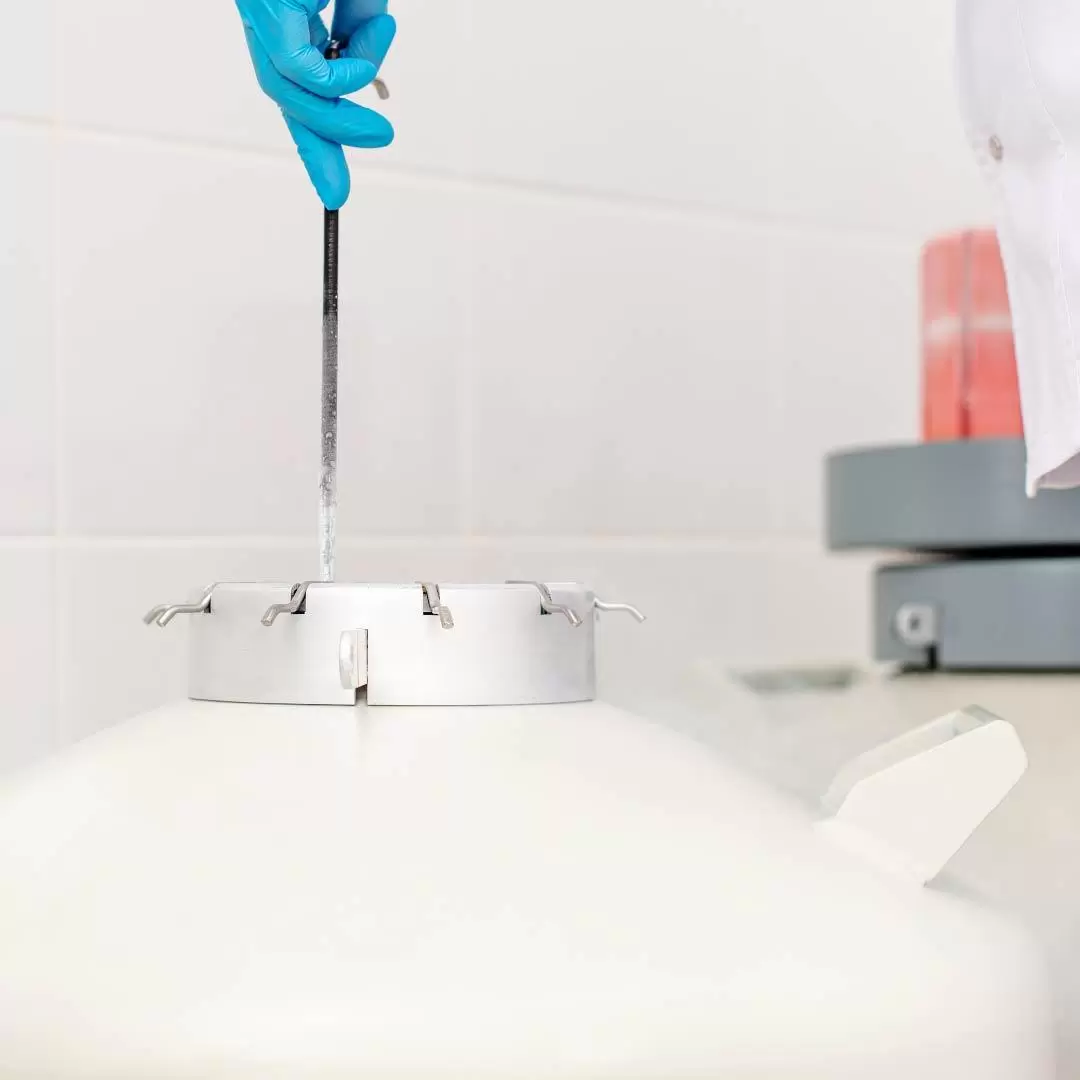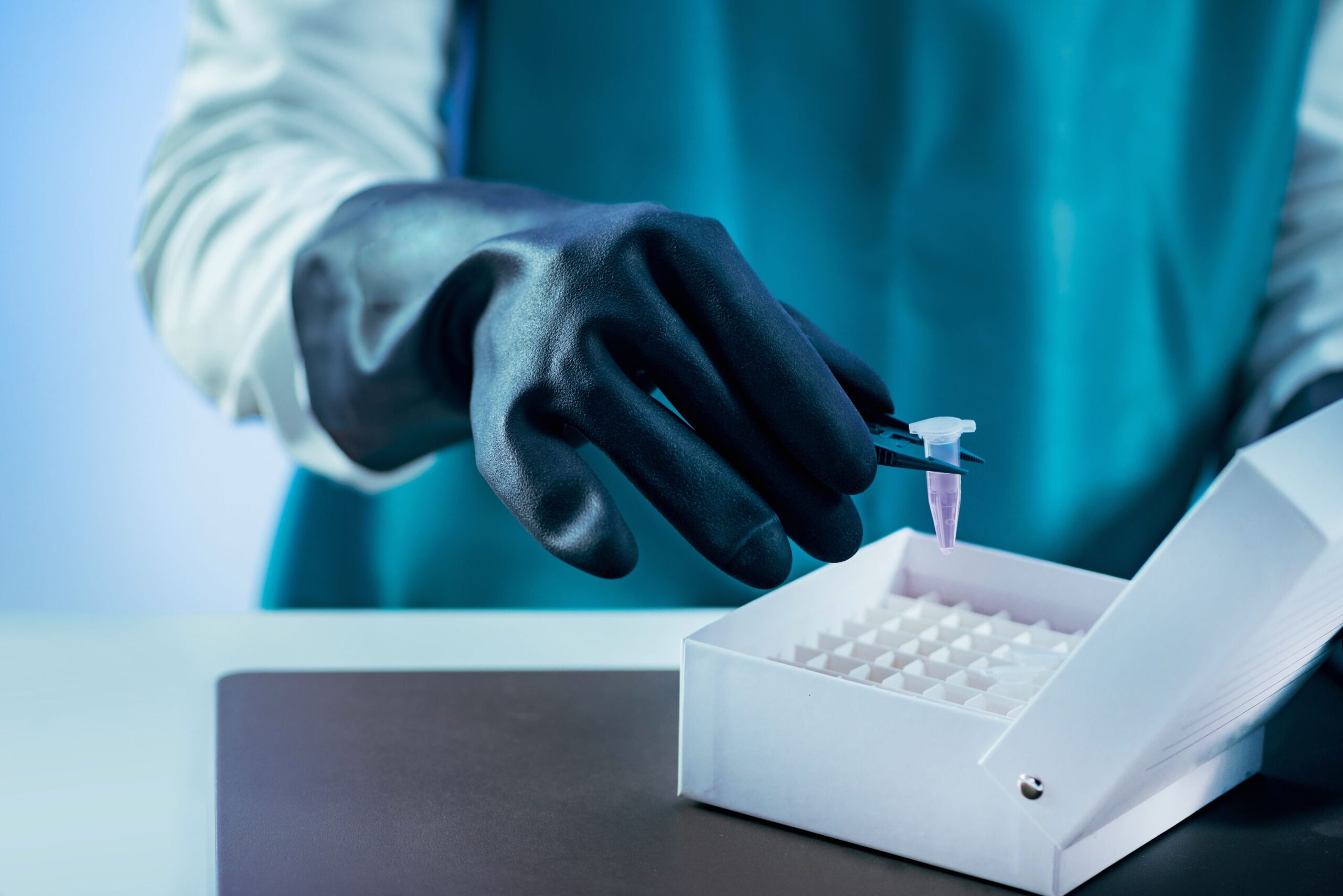A frozen embryo transfer (FET) is a cycle where a frozen embryo from a preceding fresh IVF cycle is thawed and transferred back into a woman’s uterus. The Frozen Embryo Transfer success rates in good clinics are quite high at around 60-70%.
IVF cycle is a fertility treatment which helps a woman to have a baby by removing her egg from one of her ovaries and fertilising it with husband’s sperm outside her body, and then replacing the embryo in her womb. IVF is an abbreviation for ‘in vitro fertilization’.
Embryos may be transferred anytime between day 2 through day 6 after the recovery of the egg, based on the number and quality of embryos obtained. However, if the embryos are transferred in blastocyst stage which usually occurs around day 5 the pregnancy rates are better.

When do we freeze embryos?
Many clinics start with a fresh embryo transfer, select the best quality embryos for transfer and then freeze the rest of the surplus good quality embryos. Usually, one in 4 of our couples have surplus good quality embryos to freeze.
In some women, embryos are slow growing and in these women we prefer to freeze embryos and later use it in frozen transfer cycles as it is better to align the embryo and endometrium to improve the success rates.
Some women particularly with PCOS, tend to produce more number of eggs and hence are at high risk of complication called as ovarian hyperstimulation syndrome (OHSS). In these women, we freeze all embryos and do not do fresh transfers to avoid the risk of OHSS developing with pregnancy in fresh transfer. The embryos are later transferred in FET cycle when the risk of OHSS is not present.

When do we freeze embryos?
Many clinics start with a fresh embryo transfer, select the best quality embryos for transfer and then freeze the rest of the surplus good quality embryos. Usually, one in 4 of our couples have surplus good quality embryos to freeze.
In some women, embryos are slow growing and in these women we prefer to freeze embryos and later use it in frozen transfer cycles as it is better to align the embryo and endometrium to improve the success rates.
Some women particularly with PCOS, tend to produce more number of eggs and hence are at high risk of complication called as ovarian hyperstimulation syndrome (OHSS). In these women, we freeze all embryos and do not do fresh transfers to avoid the risk of OHSS developing with pregnancy in fresh transfer. The embryos are later transferred in FET cycle when the risk of OHSS is not present.
What does the FET Procedure involve?
There are two basic kinds of FET cycles: hormonal support cycles and “natural” cycles. The most commonly performed FET cycle is a hormonally supported cycle. With hormonally supported cycles, the day of embryo transfer is easier to control and in some women who do not have regular menstrual cycles, hormonal support is needed.
Hormonal Support FET
A FET cycle with hormonal support starts at the end of the previous menstrual cycle, much like a conventional IVF cycle. Once you get your period, a baseline ultrasound is performed and if necessary blood tests are requested.
Read More
If all looks good, estrogen supplementation is started. This is to help ensure a healthy endometrial lining. Estrogen supplementation is continued for about 10 days to two weeks. Another ultrasound is performed to check the endometrial lining. The monitoring during a FET cycle is significantly less than during a conventional IVF cycle.
After approximately 10 days to two weeks of estrogen support, when the endometrial lining is good, progesterone support is added. This is via progesterone vaginal suppositories and the embryo transfer is scheduled. The number of days of progesterone prior to transfer is based on the day of freezing the embryos.
For example, if the embryo was cryo preserved on Day 5 post-egg-retrieval, then the frozen embryo transfer will be timed for Day 5 after progesterone supplementation starts.
Natural Cycle FET
With a natural cycle FET, medications are not used to suppress or control ovulation. The embryo transfer is scheduled based on when ovulation occurs naturally.
Read More
The timing of the embryo transfer is crucial. It must occur a particular number of days after ovulation. (As mentioned above, that day will depend on whether the embryo was frozen on Day 3 or Day 5 post-egg retrieval.)
The timing of the embryo transfer is crucial. It must occur a particular number of days after ovulation. The day of embryo transfer will depend on whether the embryo was frozen on Day 3 or Day 5 post-egg retrieval.
What Are the Risks to FET-IVF?
A frozen embryo transfer cycle has significantly fewer risks than a full IVF cycle. One of the primary risks to IVF (and fertility drugs) is ovarian hyperstimulation syndrome (OHSS). However, you don’t need to worry about OHSS in a FET cycle since ovarian stimulating drugs aren’t used.
Depending on how many embryos are transferred, there is a risk of multiple pregnancy. Even twin pregnancies come with an increased risk to the mother and babies.
Success rates – Fresh vs Frozen Embryo Transfer
Success rates for the different procedures differs from clinic to clinic, and can be impacted by factors like the age of the patient. When the quality of thawed embryos are of good grade the success rate from frozen embryo transfer cycles are similar to or even better than a fresh cycle. However, in certain instances such as the presence of slow-growing embryos or, if there is overstimulation, the success with the frozen cycle is definitely better than with fresh cycle. At MotherToBe the chances of success are high for this procedure due to the expertise of our scientists and advanced lab technologies.
Book an Appointment

